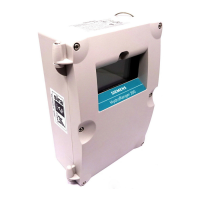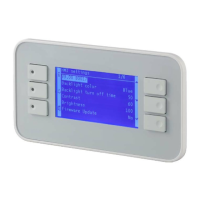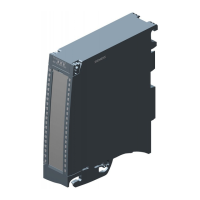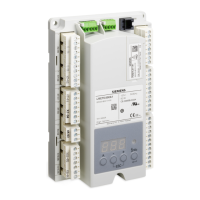hwc_vnsconfiguration.fm
A31003-W1040-U101-1-7619, July 2006 DRAFT
HiPath Wireless Controller, Access Points and Convergence Software V4.0, C10/C100/C1000 User Guide
151
Virtual Network configuration
Defining RADIUS filter policy for VNSs and VNS groups
To define accounting methods for a VNS:
1. From the main menu, click Virtual Network Configuration. The Virtual Network
Configuration screen appears.
2. In the left pane Virtual Networks list, click the VNS you want to define accounting methods
for. The Topology tab is displayed.
3. Click the Auth & Acct tab.
4. To enable HiPath Wireless Controller accounting, select Collect Accounting Information
of Wireless Controller.
5. From the RADIUS drop-down list, select the server you want to use for RADIUS
accounting, and then click Use. The server’s default information is displayed and a red
asterisk appears next to Acct, indicating that a server has been assigned.
The RADIUS servers are defined in the Global Settings screen. For more information, see
Section 6.8, “VNS global settings”, on page 116.
6. Select Use server for RADIUS Accounting.
7. In the Port box, type the port used to access the RADIUS server. The default is 1812.
8. In the # of Retries box, type the number of times the HiPath Wireless Controller will
attempt to access the RADIUS server.
9. In the Timeout box, type the maximum time that a HiPath Wireless Controller will wait for
a response from the RADIUS server before attempting again.
10. In the Interim Interval box, type the time interval when accounting records are sent.
Interim accounting records are sent if the interim time interval is reached before the
session ends. The default is 60 minutes.
11. To save your changes, click Save.
7.5 Defining RADIUS filter policy for VNSs and VNS groups
The next step in configuring a VNS is to define the filter ID values for a VNS. These filter ID
values must match those set up on the RADIUS servers.
>
This configuration step is optional. If filter ID values are not defined, the system uses
the default filter as the applicable filter group for authenticated users within a VNS.
However, if more user-specific filter definitions are required, for example filters based
on a user’s department, then the filter ID configuration is used to overwrite the
default assignment.

